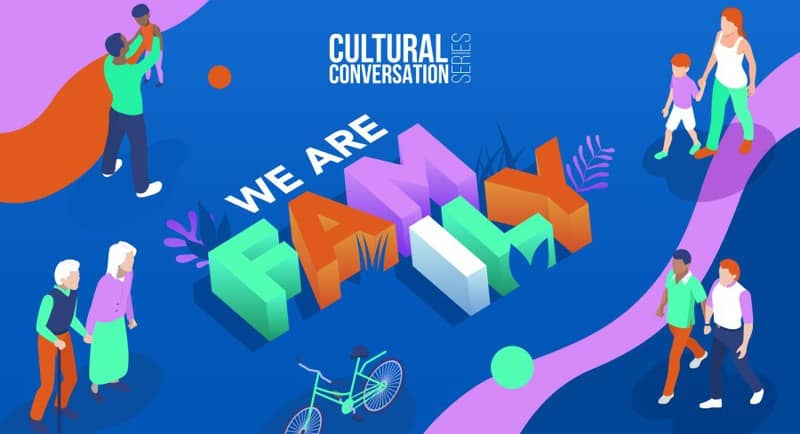Research by Nine and cultural insights agency FiftyFive5 has found more than half of Australians believe brands are failing to reflect the reality of family life in their marketing, while one in four consumers believe their own family is poorly represented in advertising.
With brands often depicting a 1970s nostalgic view of the typical Australian family in their marketing, the idea of a married mum and dad with two kids living in a white-picket-fence house with a dog and a pool is a parallel universe for a growing number of consumers.
The research by Nine and FiftyFive5 examines the changing face of Australian families over 45 years: what we now define as a family unit; how parenting has evolved; and whether consumers feel they’re reflected in marketing. It has discovered that Australians are looking to brands for better representation.
Toby Boon, Nine’s director of strategy and insights, said: “For decades, portraying the traditional family has been a winning formula for advertisers, but brands need to start thinking beyond mum, dad and 1.8 kids.
“Whether they are showcasing different family dynamics or demonstrating real support for the challenges of modern parenting, Australian consumers expect brands to reflect real life,” he added.
Families make up 71% of households in Australia but come in all shapes and sizes, ranging from traditional nuclear families to polyamorous groupings, same-sex families, unmarried couples, blended families, co-habiting parent families and grandparent families.
As family structures change, so too does the pressure on brands to hold a realistic mirror up to society. Portraying the traditional family unit has been a winning formula in advertising for decades, but the very definition of the Australian family is evolving.
The biggest shift in perceptions since the 1970s is that children no longer solely complete a family unit, with 77% of Australians agreeing that you don’t have to have kids to be a family. Indeed, “fur babies” (dogs and cats) are now considered to be family by more than half the country.
Nearly 70% of consumers say that family is no longer defined purely by blood or marriage, and more than a third of Gen Z consider close friends to be family.
The research by Nine and FiftyFive5 was revealed during today’s “We Are Family” Cultural Conversation session at Powered by Nine’s Big Ideas Store.
The study explores the challenges and opportunities for brands in representing the full spectrum of Australian families, and why diversity and authenticity are key to unlocking more effective marketing.
Nowhere is this more visible than the cliched view of domestic family moments, with 89% of mothers wanting to see more honesty from brands about the challenges and triumphs of family life. Mums are often doing this through social media, and the time is now ripe for brands to give consumers a dose of realism – with more real and unfiltered images of family life.
And while it’s an age-old debate on which partner does the heavy lifting with domestic chores, the gender dichotomy of parenting as portrayed through the media and advertising is increasingly out of step with 2022. In good news for long-suffering partners, 49% of fathers are now more involved with household responsibilities than two years ago.
But while progression is needed, marketers need to walk a tightrope between being progressive and serving up some warm and fuzzy nostalgia, with 46% of Australians still wanting brands to uphold and represent traditional family dynamics.
Boon said: “Brands can enact change and illustrate a more realistic, modern image of Australian families and their lives by taking some easy steps.”
“Recognise the ways in which family life is changing and start to rely less on one set idea of family. Promote inclusivity and find new ways for your brand to show up for parents. Be mindful of how gender roles in the home are changing, and if taking a position on a social issue, back it up with tangible efforts,” Boon added.
